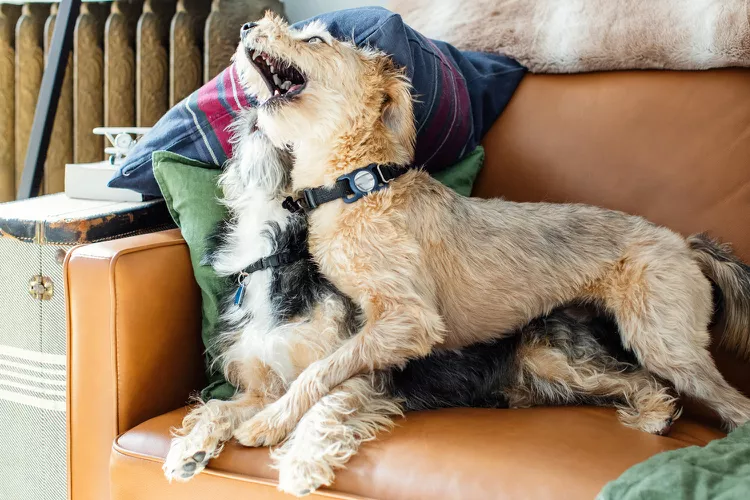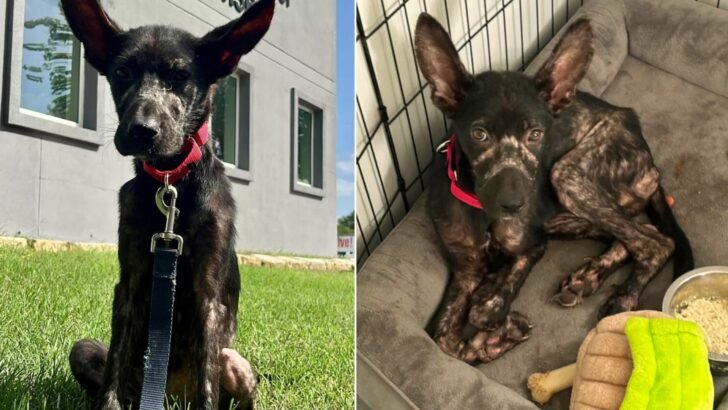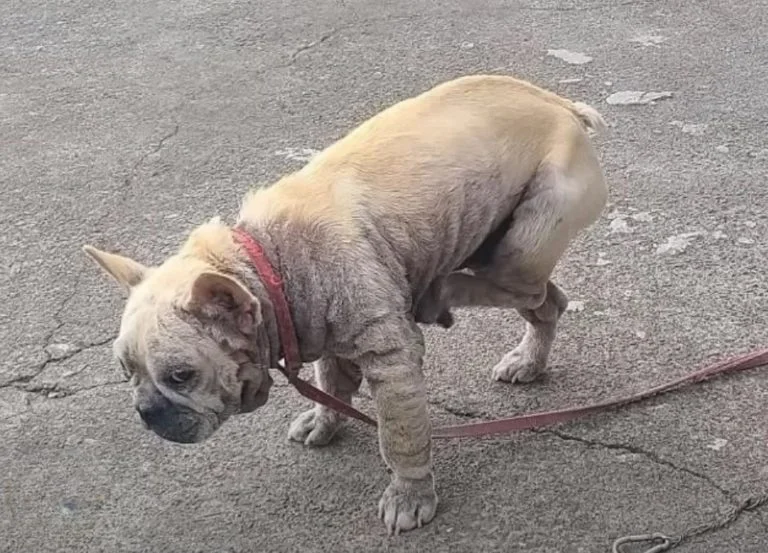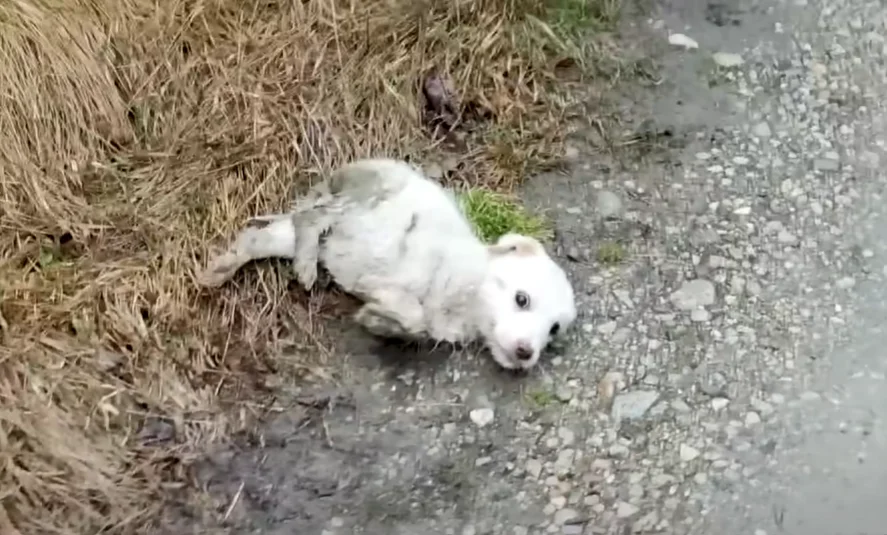Possessive aggression in dogs, also known as resource guarding, is a significant concern for many dog owners and often prompts consultations with animal behavior specialists. This behavior occurs when a dog acts aggressively to protect items it values, such as food, toys, or beds. Recognizing and addressing resource guarding is crucial for ensuring a safe and harmonious environment for both your dog and those around it. Here’s how to manage and reduce possession aggression in dogs.
Understanding Resource Guarding in Dogs
Resource guarding, also referred to as possession aggression, food aggression, or toy aggression, is a dog’s way of defending its valued possessions from perceived threats. This can manifest as growling, snapping, or biting when another dog or person approaches these items. What a dog considers valuable can vary widely, from high-value items like food and favorite toys to less obvious things like discarded tissues or random household objects.
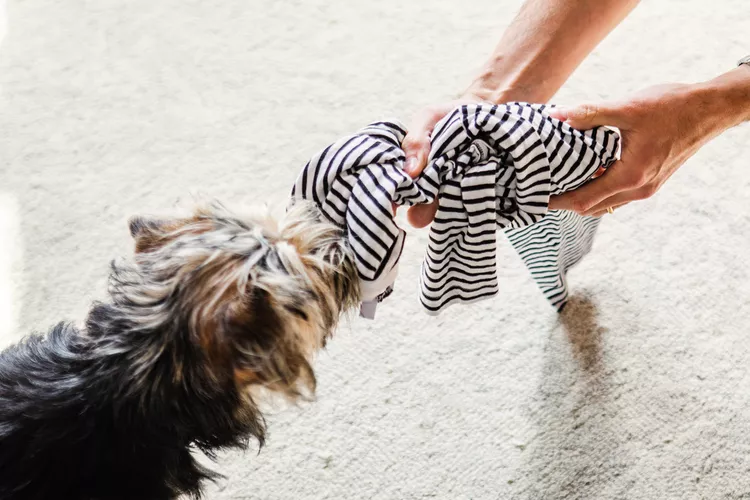
Signs of Possessive Aggression
To identify if your dog is exhibiting resource guarding behavior, observe for the following signs:
- Growling when approached while eating or near their food bowl.
- Snapping, growling, or biting when someone tries to take a toy or bone.
- Fighting with other dogs over toys, food, or even favored individuals.
- Displaying aggressive behaviors or body language (such as raised hackles or a rigid stance) when approached with a valued item.
Aggressive behavior can vary in intensity. Some dogs may only show mild signs like lip curling or low growling, while others might escalate to biting. Aggression can also intensify if initial warnings are ignored.

Causes of Possessive Aggression
Possessive aggression is a natural instinct but can become problematic in a domestic setting. Common causes include:
- Inherited Behavior: Some dogs inherit resource guarding tendencies from their mothers or littermates.
- Introduction of New Companions: Adding another dog to the household can trigger guarding behaviors over shared resources.
- Shelter Experience: Dogs from shelters may develop resource guarding due to competition for limited resources during their stay.
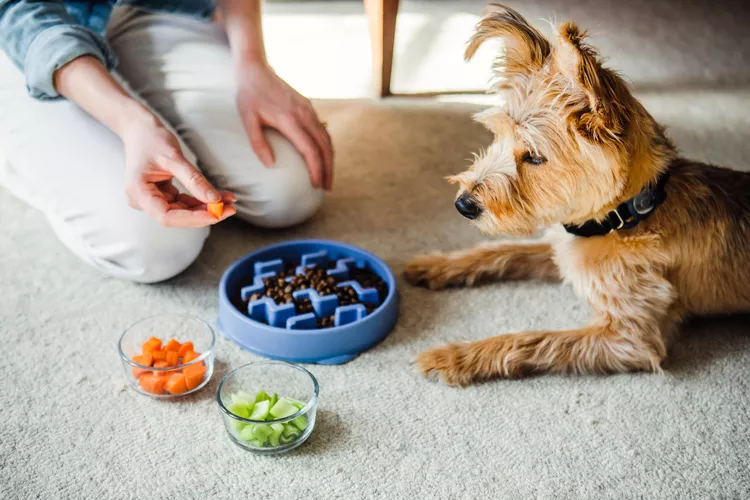
Managing Possessive Aggression
To address resource guarding, consider the following strategies:
- Introduce High-Value Rewards: Instead of forcing your dog to relinquish an item, offer something even more enticing. For example, use a special treat or toy to encourage your dog to drop the item it’s guarding. Reward your dog for giving up the item and then allow it to have the item back. Repeating this process helps your dog associate giving up the item with positive outcomes.
- Implement a Conditioning Process: Gradually condition your dog to accept the presence of valuable items without aggression. For instance, place several bowls with different types of food around a room. Start with less desirable food and gradually introduce more valuable options at a distance. Ensure that you do not provoke aggressive responses and reward calm behavior.
- Manage Access to Valued Items: During initial training phases, keep high-value items away from your dog or restrict access to them in controlled environments like a crate. Begin with less valuable items and progressively work up to those that are more guarded by your dog.
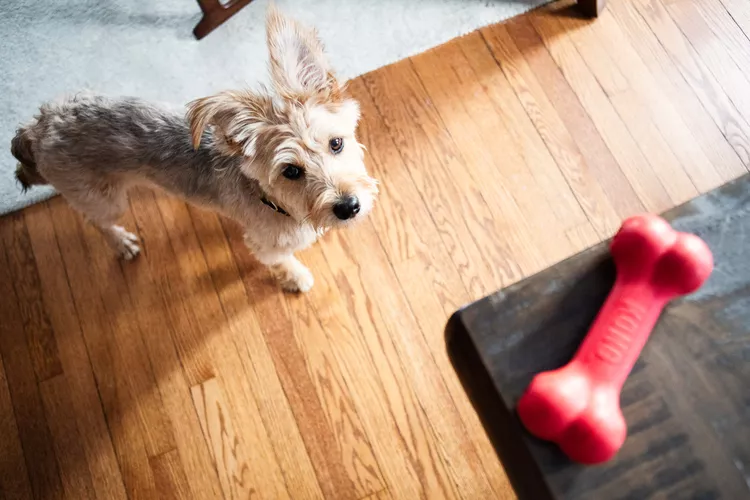
When to Seek Professional Help
If your dog shows severe aggression or if your attempts to manage the behavior are not effective, it’s important to consult with a professional dog trainer or behaviorist. Professional guidance is crucial for developing a comprehensive behavior modification plan and ensuring safety during the training process.

